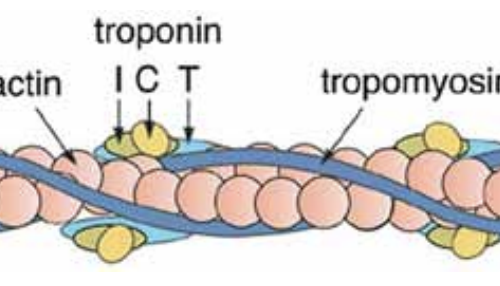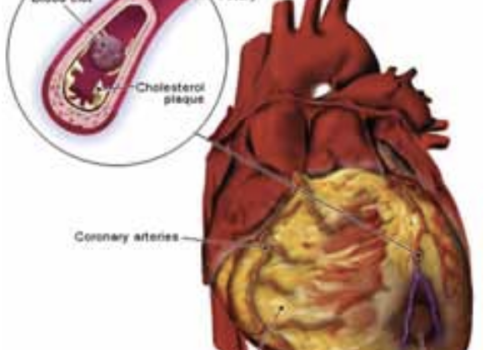Troponins are now measured routinely in patients with acute chest pain in most hospitals in the UK. Studies have confirmed that they represent a marker of risk for subsequent cardiac events in most patients. In this article we explore what troponins are, why they may increase in acute coronary syndromes, how they are measured and how likely they are to be used in the future.
Optimising Management of Supraventricular Arrhythmias
Caring for patients with arrhythmias has evolved over the past decade as a result of technological innovation in both diagnosis and treatment. This article highlights some of the most common arrhythmias and reviews the most appropriate strategies for their medical management. The National Service Framework (NSF) for Coronary Heart Disease (CHD) sets out three quality standards in the chapter on arrhythmias and sudden cardiac death and we look at how to successfully implement these.
Starting an a Beta-Blocker for your Heart Problem
Atrial fibrillation: giving your patients the best care
Atrial fibrillation (AF) is a condition that we are seeing more and more in general practice, with the increasingly ageing population. It is an important risk factor for stroke – particularly in older people – making it a good candidate for primary care teams to target in efforts to prevent cardiovascular disease. In this article, we explore how to diagnose and treat, using a case study to guide us through the key issues.
BJPCN goes on the road
We have been out on the road, with six BJPCN roadshows around the UK throughout the last few months. Thank you to the dozens of primary care nurses who attended the workshops and made them such fun, and here is a snapshot of the events for everyone unable to be there.
Editorial
As the daffodils start to bloom and we move into the Spring of 2008, I hope that BJPCN can help you find fresh resolve and inspiration to cope with the challenges facing primary care nursing in the year ahead.
You and your treatment: starting on warfarin
Exenatide: a new step in type 2 diabetes treatment
Exenatide (Byetta) is the first glucagon-like peptide-1 analogue (GLP-1 analogue) to be approved for the treatment of type 2 diabetes. It is a twice-daily injection, currently prescribable only by consultants, given before breakfast and before the evening meal. The early signs are that this new and different medicine has the potential to be very exciting for both patients and healthcare professionals. Studies show a reduction in HbA1c as well as steady weight loss – every diabetic’s dream! In this article, we look at how exenatide works, where it fits into current practice and the pros and cons of this new preparation.
Acting on the latest nice guidance on secondary prevention of myocardial infarction
The latest National Institute for Health and Clinical Excellence (NICE) guidance on the secondary prevention of myocardial infarction (MI) is designed to help us achieve even more impact in reducing cardiovascular deaths, with updated recommendations on drug therapy and clear advice on diet, physical activity and smoking cessation. This article gives you a summary of the aims of the guidance and highlights issues of particular interest to primary care nurses delivering CVD management in practice.
A spoonful of sugar: helping older patients to take their medicines
As people get older, their use of medications tends to rise and elderly patients often take a variety of medicines for an increasing number of health problems. Four in five people over the age of 75 years take at least one prescribed medication, while 36% are taking four or more, according to the 1998 Health Survey for England. How can we help our older patients to take their medicines, optimising convenience and minimising risks of non-compliance and sideeffects?
Primary angioplasty: the best way to unblock arteries after a heart attack?
Primary angioplasty is now recognised as the best treatment for clearing a blocked coronary artery after an ST segment elevation myocardial infarction (STEMI) and increasing numbers of patients will undergo this procedure as it becomes more available. In this article, we explore what is involved in primary angioplasty, what you need to tell to your patients and how to care for them after this procedure.
Helping patients to lose weight: best practice for primary care
Obesity poses a major threat to the nation’s health and a national strategy is required to stem the rising prevalence, decrease the morbidity and mortality from associated conditions, and reduce pressure on the National Health Service. Primary healthcare staff will be at the centre of any such approach. Practice nurse-led lifestyle clinics have demonstrated that clinically beneficial weight loss can be achieved with a structured approach to weight management. In this article, we explore the impact of obesity and best practice strategies to help patients lose weight.























